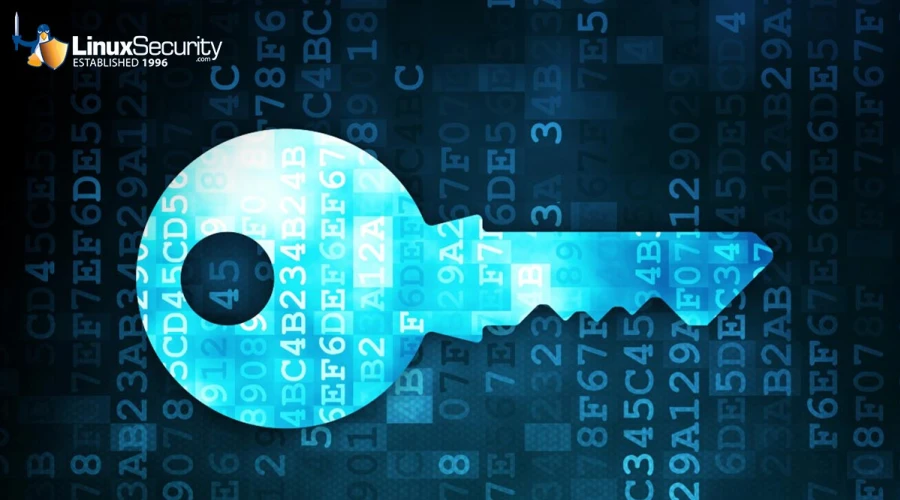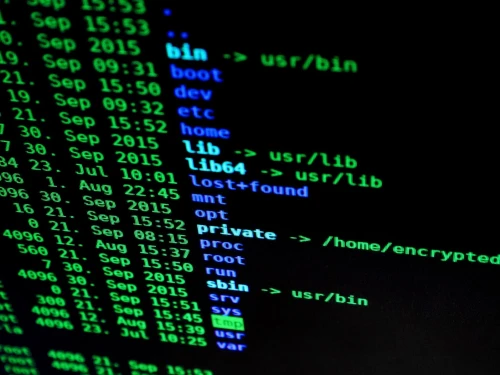Practical Advice for Protecting Against New TargetCompany Linux Ransomware Variant

Security researchers have recently identified an innovative Linux ransomware variant developed by the TargetCompany ransomware group. This variant targets ESXi environments and uses a custom shell script for payload delivery and execution, something not previously observed by TargetCompany operations.
To help you avoid falling victim to this ransomwareransomware, we will discuss the threat posed by this emerging variant and provide practical advice for protecting your systems against it.
How Does This New TargetCompany Ransomware Work & Why Is It So Dangerous?
 TargetCompany ransomware has developed a Linux variant with distinct characteristics that make it stand out from previous variants. One key capability of this new variant is exfiltrating victim information onto two servers simultaneously, giving ransomware operators backup copies of any compromised files. Furthermore, this variant detects whether victim machines run VMWare ESXi environments. Targeting these environments allows threat actors behind TargetCompany to disrupt operations more effectively and increase the chances of receiving ransom payments.
TargetCompany ransomware has developed a Linux variant with distinct characteristics that make it stand out from previous variants. One key capability of this new variant is exfiltrating victim information onto two servers simultaneously, giving ransomware operators backup copies of any compromised files. Furthermore, this variant detects whether victim machines run VMWare ESXi environments. Targeting these environments allows threat actors behind TargetCompany to disrupt operations more effectively and increase the chances of receiving ransom payments.
This variant employs a shell script for payload delivery and execution, indicative of the ransomware group's continuous development to use more sophisticated attack techniques. Targeting Linux environments aligns with an increasing trend of ransomware groups expanding attacks to critical infrastructure sites, thereby expanding victim numbers.
Upon successful exploitation, the ransomware encrypts critical ESXi servers by appending ".locked" extensions to encrypted files and leaving a ransom note named "HOW TO DECRYPT.txt." Additionally, this variant uses a custom shell script to download and execute its payload while exfiltrating victim information across multiple servers. Such tactics pose significant difficulties for defenders when investigating incidents and responding accordingly.
TargetCompany ransomware poses an extremely severe threat to organizations that rely on virtualization servers as part of their core infrastructure. Encryption can result in significant operational disruption and financial losses for affected organizations, making it essential for them to take proactive measures against attacks of this nature. As ransomware evolves in tactics and capabilities, robust cybersecurity defenses must also evolve alongside it to protect sensitive data against any unintended access attempts.
Practical Advice for Securing Linux Systems
 With ransomware groups like TargetCompany emerging as ever more threatening, Linux admins must actively secure their systems against potential attacks. Here are some concrete recommendations to improve the security posture of your environment:
With ransomware groups like TargetCompany emerging as ever more threatening, Linux admins must actively secure their systems against potential attacks. Here are some concrete recommendations to improve the security posture of your environment:
- Implement Multifactor Authentication (MFA): Enabling MFA can help protect networks by deterring attackers from moving laterally within them and decreasing risk associated with unauthorized access to critical systems and data.
- Adhere to the 3-2-1 Backup Rule: Adherence to the 3-2-1 rule can help organizations recover data more easily after ransomware attacks. By creating three copies in two formats—with one stored offsite—they will ensure they can quickly restore files when necessary.
- Maintain a Proactive System Patch Management Strategy: Staying current with updates to operating systems and applications is crucial to avoiding attacks, so having an effective patch management protocol is essential in addressing vulnerabilities before they are exploited by adversaries.
- Adopt Endpoint Protection Solutions: Integrating endpoint protection solutions that detect and block malicious activities at the system level can significantly enhance the security posture of Linux environments.
- Perform Regular Security Audits and Vulnerability Evaluations: It is wise to conduct routine security audits and vulnerability analyses to detect and address potential weaknesses that could be exploited by ransomware threats.
Linux admins can enhance their cybersecurity strategy to strengthen the resilience of their systems against evolving threats, such as the TargetCompany ransomware variant targeting ESXi environments, by adopting these best practices into their cybersecurity strategy.
Our Final Thoughts on Securing Linux Systems Against This New Ransomware Variant
The TargetCompany ransomware group's new Linux variant targeting ESXi environments is yet another indicator of evolving tactics employed by threat actors to exploit critical infrastructure. Organizations must remain vigilant and strengthen their cybersecurity defenses against ransomware attacks to reduce the risk of falling victim. By employing proactive security measures, adhering to best practices, and staying aware of emerging threats in today's constantly changing cybersecurity landscape, Linux administrators can better secure their systems and data against sophisticated ransomware threats that pose constant danger.













